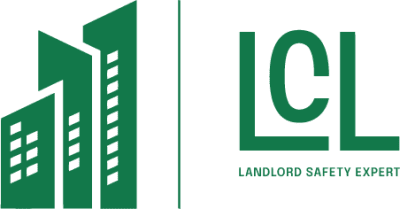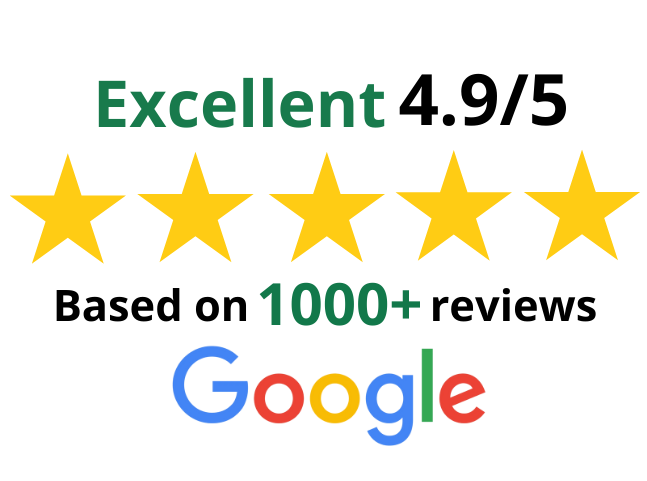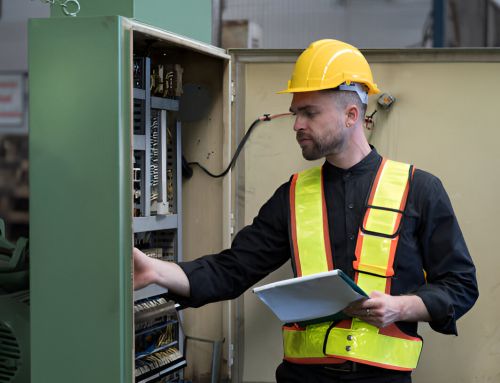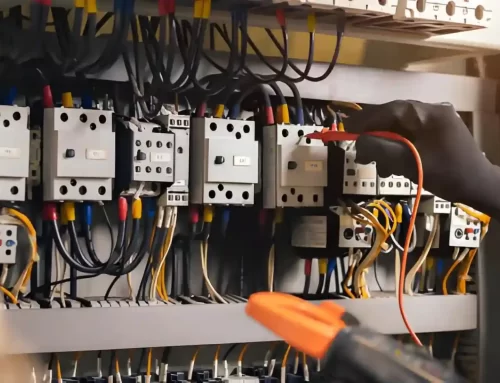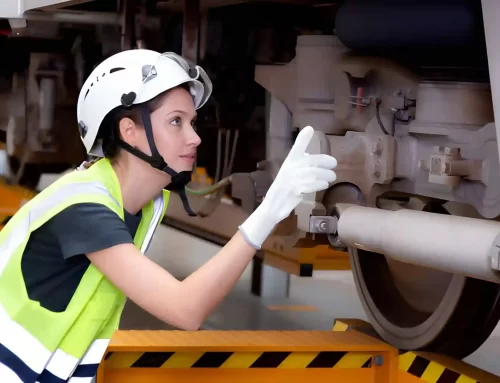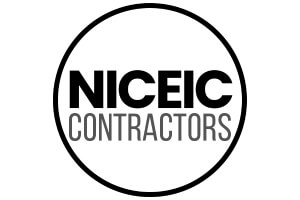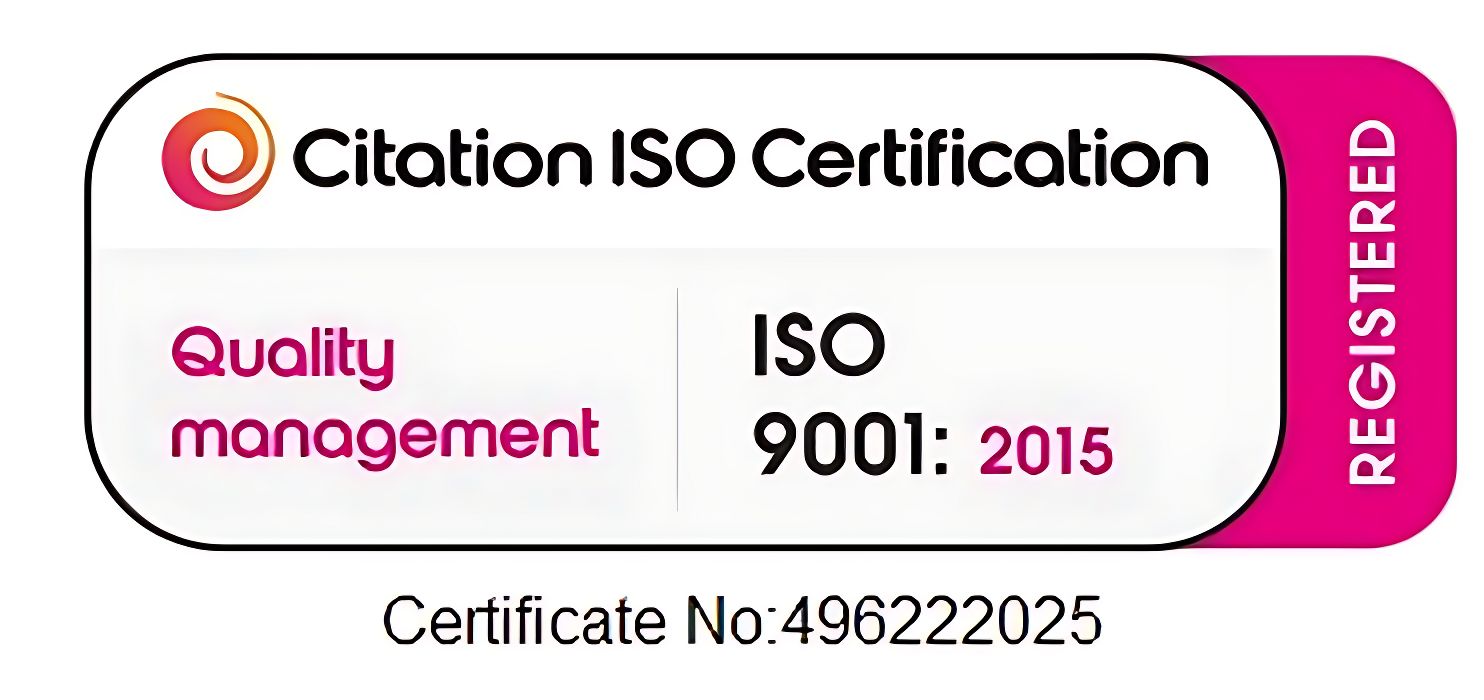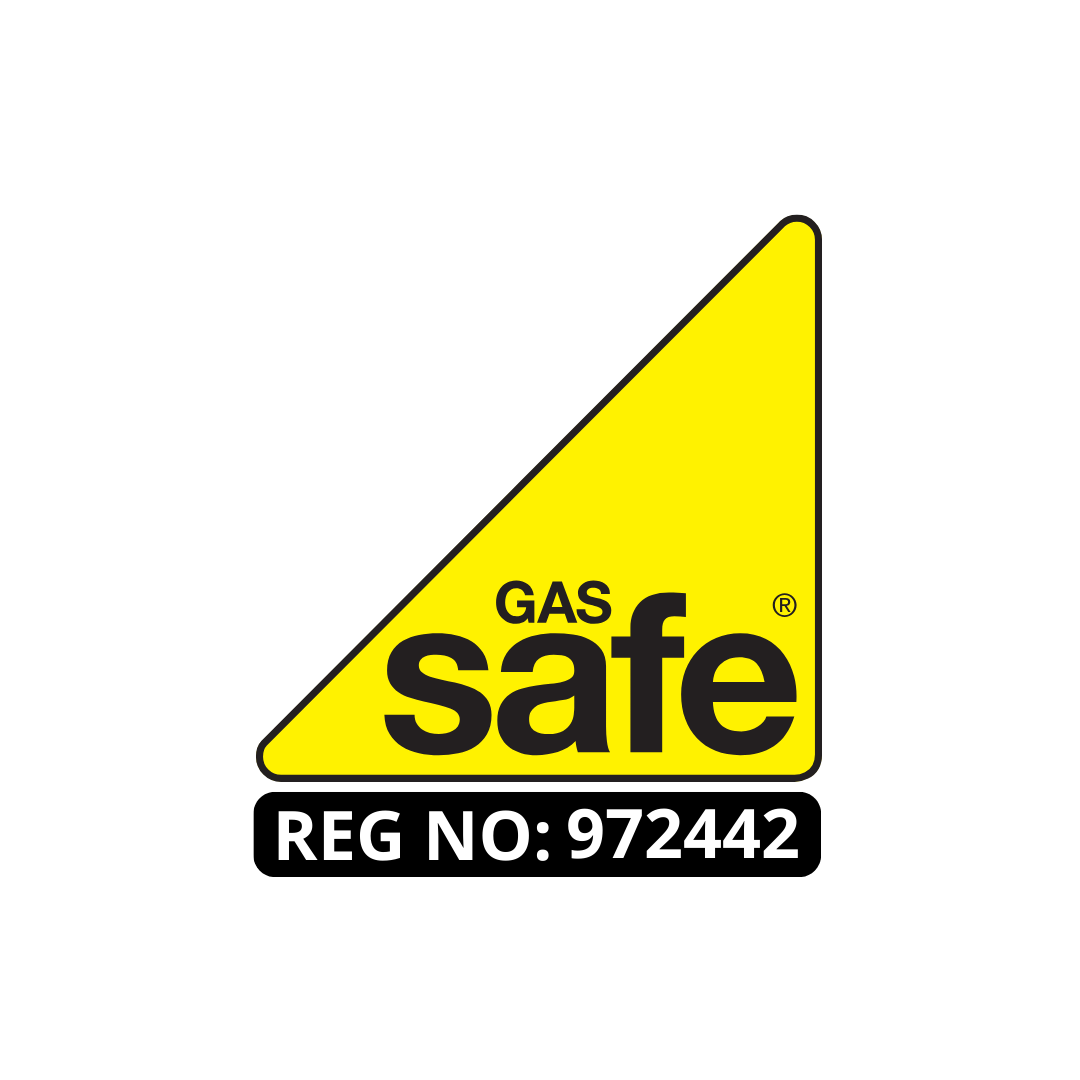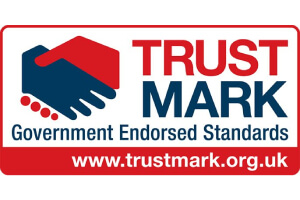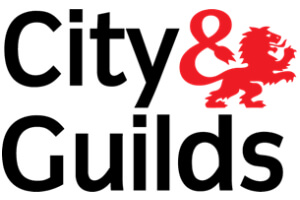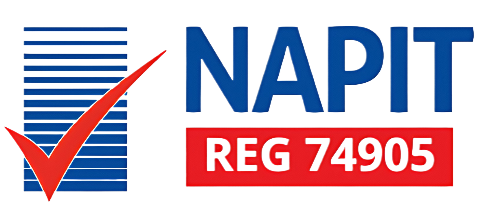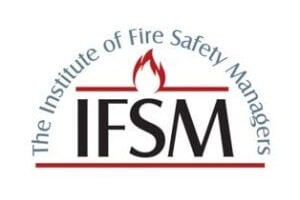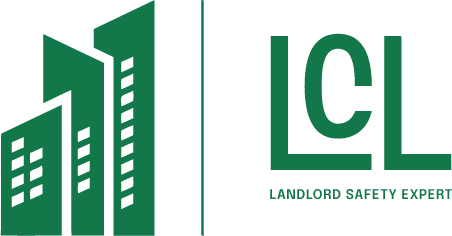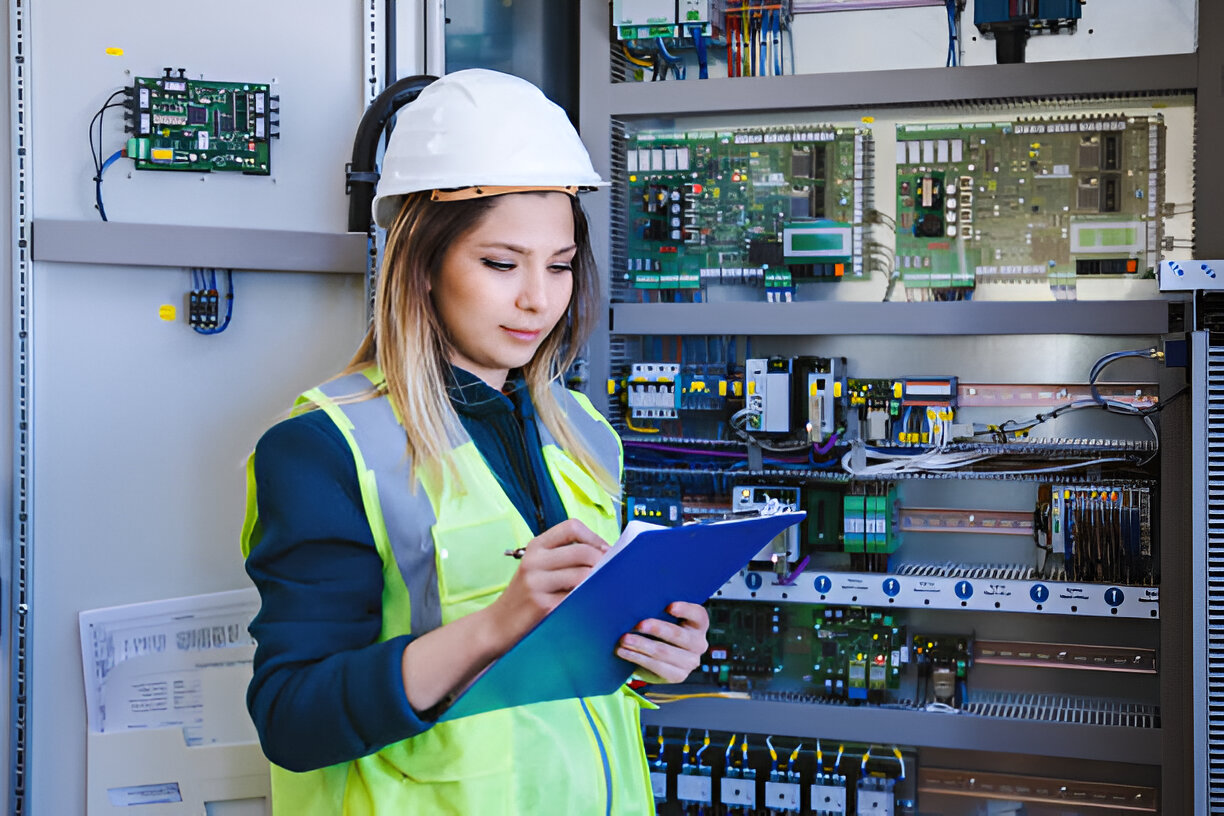
In 2025, EICR commercial property cost in the UK will be shaped by various factors. Understanding these costs is essential for property owners, especially as compliance becomes increasingly essential. From small retail units to large industrial sites, expenses will vary considerably. The implications of these assessments extend beyond mere compliance, raising questions about long-term financial impacts and operational safety. What should property owners consider before scheduling their next inspection?
Key Takeaways
- EICR costs in the UK are expected to vary based on property size and complexity, with small retail units averaging £150 – £300.
- Office buildings typically range from £300 to £600, influenced by the number of circuits and fixtures present.
- Industrial properties may incur costs between £600 and £1,200 due to their more complex electrical installations.
- Geographic location will likely affect pricing, with urban areas commanding higher rates for EICR services.
- Regular assessments every 3 to 5 years are vital for compliance, potentially saving money by preventing costly repairs.
What Is an EICR and Why Is It Required for Commercial Properties?
An Electrical Installation Condition Report (EICR) is a key assessment of the electrical systems within commercial properties. This comprehensive inspection identifies potential hazards, helping ensure full compliance with safety regulations and current industry standards. By closely evaluating the condition of electrical installations, an EICR enables property owners to make informed decisions about repairs or upgrade actions that can directly influence the EICR commercial property cost over time. Taking a proactive approach not only reduces the risk of electrical failures but also improves the long-term efficiency of the infrastructure.
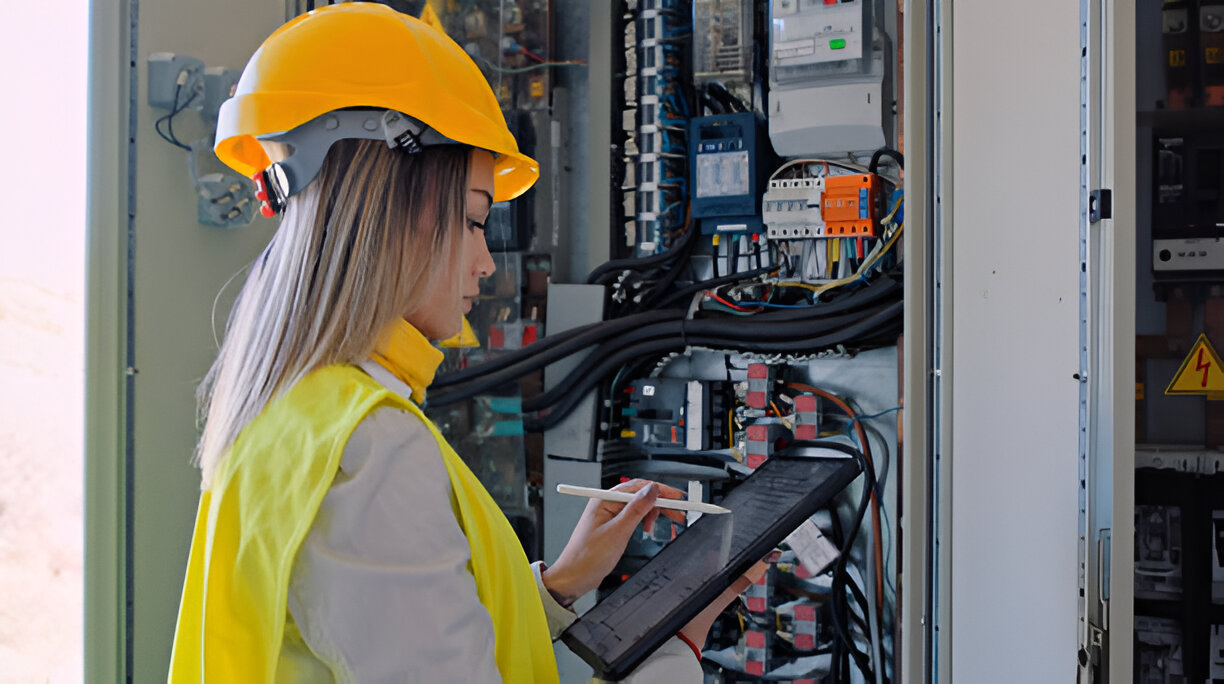
Moreover, the importance of an EICR is reinforced by the legal responsibilities placed on commercial entities to maintain safe and compliant workplaces. In an era where businesses are increasingly focused on innovation and sustainability, a well-executed EICR plays a crucial role in controlling future liabilities and managing EICR commercial property costs effectively.
Factors That Influence EICR Commercial Property Cost
Several factors significantly influence EICR commercial property cost, making it essential for property owners to understand what contributes to the final price. One major factor is the complexity of the electrical systems; older or poorly maintained buildings often require more detailed inspections, leading to increased labour time and associated fees. The size and layout of the premises also impact costs, as larger commercial spaces demand more comprehensive assessments.
Geographic location plays a role as well; properties in major cities tend to face higher EICR commercial property costs due to increased demand and overheads. Urgency can further drive up prices, especially when fast-track assessments are needed. Lastly, the qualifications and experience of the electrician matter; seasoned professionals may charge more, but they bring greater reliability and a higher standard of service.
Average EICR Costs for Different Types of Commercial Premises
Understanding the average costs of obtaining an Electrical Installation Condition Report (EICR) for different types of commercial premises is essential for property owners and managers.
The cost can vary considerably based on the nature of the property, its size, and complexity. Typically, the average EICR costs can be categorised as follows:
- Small Retail Units: Approximately £150 – £300, reflecting their relatively straightforward electrical systems.
- Office Buildings: Ranging from £300 – £600, influenced by the number of circuits and fixtures.
- Industrial Properties: Costs can escalate to £600 – £1,200 due to complex installations and higher safety regulations.
These estimates provide a framework for budgeting, ensuring property owners remain compliant while investing in safety and innovation.
How Often Should a Commercial EICR Be Carried Out?
The frequency of conducting an Electrical Installation Condition Report (EICR) for commercial properties is determined by various factors, including the type of business and the nature of the electrical installations. Generally, companies should conduct an EICR every 1 to 5 years, depending on their specific circumstances.
| Types of Business Frequency | Column 2 |
|---|---|
| Retail | Every 5 years Higher foot traffic risks |
| Office | Every 5 years Regular usage of equipment |
| Industrial | Every 3 years Higher risk of wear and tear |
Choosing a Qualified Electrician for EICR in Commercial Properties
Finding a qualified electrician is essential when it comes to managing EICR commercial property cost-effectively and ensuring full compliance with safety regulations. The safety and performance of your building’s electrical systems rely heavily on the electrician’s experience, especially in commercial environments. To get the best value for your EICR commercial property cost, look for professionals who hold the proper certifications, understand current legislation, and stay up to date with modern technologies. Always check reviews, ask for recommendations, and ensure their pricing is transparent with a clear breakdown of services included.
Legal Obligations Around EICRs for Commercial Property Owners
While guaranteeing electrical safety is paramount, commercial property owners must also navigate specific legal obligations regarding Electrical Installation Condition Reports (EICRs). Compliance with these obligations is essential to mitigate risks and enhance safety standards.
Owners should be aware of the following key requirements:
- Periodic Inspections: EICRs must be conducted at least every five years or upon change of occupancy to guarantee ongoing electrical safety.
- Reporting: Any defects identified during inspections must be rectified promptly, with records maintained for transparency and accountability.
- Tenant Notification: Landlords are obligated to inform tenants of the EICR results and any necessary remedial actions, fostering a culture of safety within commercial spaces.
Adhering to these legal obligations not only guarantees compliance but also promotes innovation in electrical safety practices.
What Happens After a Commercial EICR Is Completed?
Once a commercial EICR is completed, the property owner receives a comprehensive report detailing the condition of the electrical system, including any faults found and suggested remedial actions. This document plays a crucial role in planning future maintenance and ensuring long-term safety. Addressing the findings promptly not only ensures compliance with regulations but can also help manage overall EICR commercial property costs more effectively. Ignoring necessary repairs could lead to higher EICR commercial property costs down the line due to escalated risks or repeated inspections.
| Action Required | Description |
|---|---|
| Review Report | Analyse findings and recommendations |
| Schedule Repairs | Organise necessary electrical repairs. |
| Re-test Systems | Conduct follow-up EICR if issues are resolved. |
Common Issues Found During Commercial EICRs
After receiving the EICR report, property owners often encounter various issues that may require immediate attention.
Identifying these issues early is essential for ensuring safety and compliance. Common problems include:
- Inadequate Earthing and Bonding: Poor earthing can lead to dangerous electrical faults, increasing the risk of electric shock.
- Deteriorated Wiring: Ageing or damaged wiring may not only violate standards but also pose fire hazards, necessitating urgent repairs or replacements.
- Non-compliant Equipment: Outdated or improperly installed equipment can compromise electrical system integrity, leading to inefficiencies and safety concerns.
Addressing these issues promptly fosters a safer commercial environment, promoting innovation and sustainability in property management.
Missing Quality
Choosing a Qualified Electrician for EICR in Commercial Properties
Selecting a qualified electrician for an Electrical Installation Condition Report (EICR) in commercial properties is essential for ensuring safety and compliance. The complexity of modern electrical systems demands expertise that goes beyond basic qualifications.
Innovative electricians utilise cutting-edge diagnostic tools and adhere to the latest safety regulations, ensuring accurate assessments. Credentials, such as NICEIC or ELECSA registration, signify a commitment to quality and ongoing professional development.
Additionally, a thorough understanding of industry advancements can enhance the efficiency and reliability of electrical installations. By prioritising experience and a proactive approach to potential issues, businesses can not only secure compliance but also foster a culture of safety and technological advancement, ultimately protecting both their assets and personnel.
Frequently Asked Questions
Can I Perform an EICR Myself for My Commercial Property?
The individual contemplated conducting their own Electrical Installation Condition Report (EICR) for their commercial property. However, expertise and compliance with regulations are essential, making it advisable to engage a qualified professional for accurate assessment and safety assurance.
What Happens if My Property Fails the EICR Inspection?
If a property fails the EICR inspection, it requires immediate remediation. This can involve addressing electrical hazards, upgrading systems, and ensuring compliance with safety standards, ultimately fostering enhanced safety, innovation, and long-term property value.
Are There Any Penalties for Not Conducting an EICR?
Failure to conduct an EICR can result in significant penalties, including fines or legal action. Compliance promotes safety and innovation, encouraging property owners to prioritise inspections to avoid potential repercussions and enhance operational efficiency.
How Can I Prepare My Property for an EICR?
To prepare a property for an EICR, one should guarantee all electrical systems are accessible, conduct preliminary inspections, address visible issues, and maintain thorough documentation, fostering innovation in compliance and safety standards within the facility.
Does the Size of the Property Affect the EICR Cost?
The size of a property greatly influences EICR costs. Larger spaces typically require more extensive inspections and testing, resulting in higher fees. Innovative property management can optimise costs through efficient planning and timely maintenance strategies.
Conclusion
In conclusion, understanding the costs and requirements of EICR assessments for commercial properties in the UK is essential for property owners. By recognising the factors influencing EICR commercial property cost, the importance of regular inspections, and legal obligations, businesses can guarantee compliance and safeguard their investments. Ultimately, engaging qualified electricians for thorough inspections not only helps in identifying potential issues but also contributes to long-term savings and the safety of electrical systems within commercial premises.
About the Author: LandlordCertificate
Related Posts
Get Social
Recent Posts
- Fuse Box Installation: Everything Homeowners Need to Know Before Getting Started
- EICR Certificate London: Understanding Your Legal Duty as an Owner
- Behind the Scenes of a Gas Safety Certificate London Inspection in Homes
- The Role of Fire Alarm Installation in Building Safety
- How Often Should a Fire Risk Assessment Be Reviewed?
